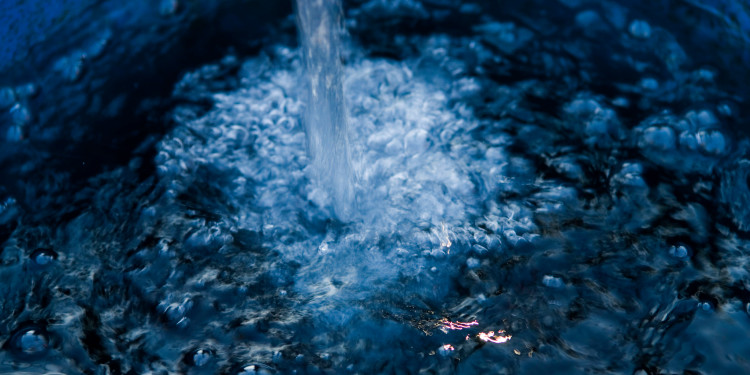
The northern agricultural Po Valley has been hit by its worst drought in decades
July 5, 2022
Italy has declared a state of emergency in five northern regions battling the worst drought in 70 years, the government announced on Monday night, as the country is gripped by a relentless heat wave that started at the end of June. On that very same day, a tragic avalanche in the Dolomites that killed at least 6 people hit the news – a probable consequence of climate change, as the glacier had been affected by exceptionally high temperatures (around 10° centigrade) for several days and collapsed.
Emergency funds of €36.5 million are to be divided between the regions of Emilia Romagna, Friuli Venezia Giulia, Lombardia, Piemonte and Veneto.
The funds will be used to tackle the water shortage in the five regions surrounding the Po, Italy’s longest river.
The emergency funds will be divided as follows: €10.9 million to Emilia Romagna; €4.2 million to Friuli Venezia Giulia; €9 million to Lombardia; €7.6 million to Piemonte; €4.8 million to Veneto, the government said in a statement.
Italy’s minister for regional affairs Mariastella Gelmini said the water crisis requires “national intervention” and “immediate solutions”, priorities include guaranteeing drinking water to all citizens, as well as assisting companies and the hard-hit agricultural industry.
The drought, as mentioned above, has been compounded by a heat wave with unexpected, higher-than-usual temperatures that have taken Italy by surprise. The country has also been deprived of significant rainfall for months. Another factor contributing to the water crisis is the lack of snow in the Alps – all factors attributable to climate change.
The combination of heat, lack of rainfall, and significantly less snow in the winter has caused the worst drought in seven decades along the 650km (400-mile) Po River, which stretches from the Alps in the north-west and flows through the Po delta all the way to the Adriatic Sea near Venice, crossing several important cities in Northern Italy.
According to Italy’s river observatory, the demand for water in the Po Valley, which accounts for nearly half of Italy’s population, is high while the supply is running out, which has led several towns and cities in northern Italy to introduce water rationing.
At least 30% of this year’s rice crop has already been lost, and the region’s irrigation sources are being threatened by the salty Adriatic sea, which has entered a record 30.6 kilometresinto the Po river.
In recent days, several municipalities have announced restrictions.
The northern Italian cities of Verona and Pisa, began rationing drinking water, while Milan has announced the closure of its decorative fountains. The mayor of Milan, Beppe Sala, called on citizens to minimise their use of drinking water for cleaning and watering the plants, and said irrigation systems feeding public lawns and green spaces would be stopped, except for newly planted trees.
Overall, it has become in many parts of Italy ever more difficult to meet the demand for water.
The recent years of drought in combination with fast-growing populations and the climate emergency have made water supply more problematic.
Subscribe to our newsletter.
A viable solution to meet water demand could be the reuse of wastewater. Reusing wastewater would be the most effective solution against scarcity. But of course, it requires investment, planning and construction of wastewater treatment plants – and that requires time. No doubt, the water crisis in Italy is set to continue and worsen in the foreseeable future.
This article was originally published on IMPAKTER. Read the original article.


